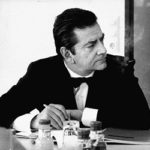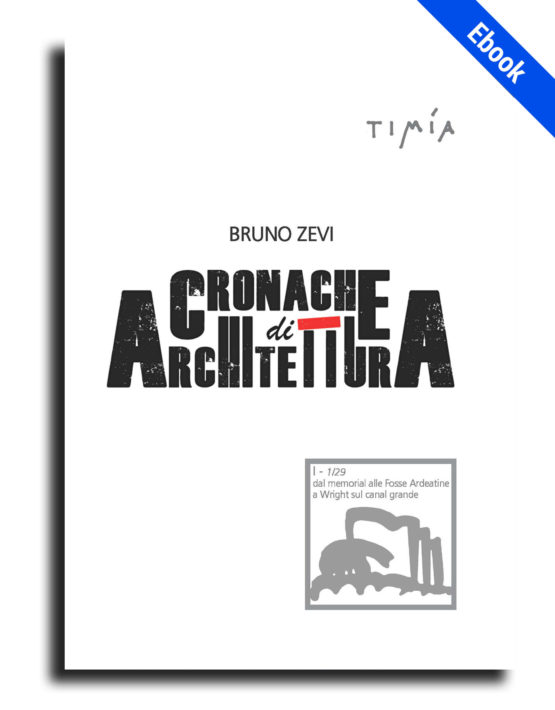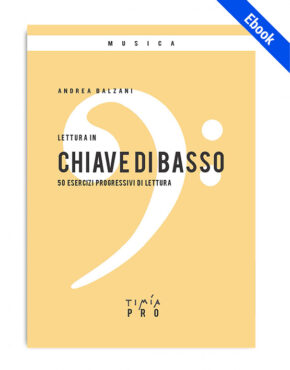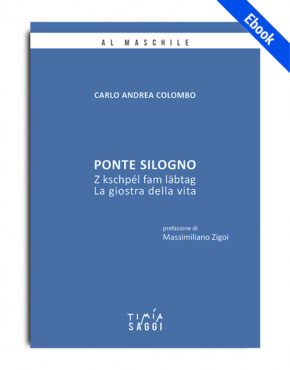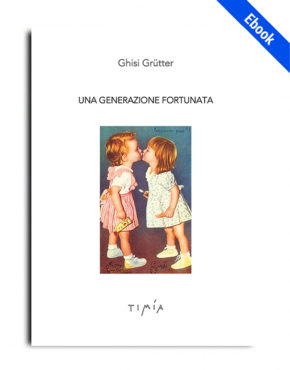Cronache di architettura
The Cronache (Chronicles) begin ten years after Liberation. They first appeared in 1954 in the weekly magazine l’Espresso, and were later published in 24 volumes from 1970, edited by Bruno Zevi himself. This is Zevi’s summary of the period when he began writing the articles:
“With the impetus of the Resistance thwarted, the party of action disbanded and Elio Vittorini’s Politecnico magazine disappeared; with the triumph of DC in the 1948 election, all revolutionary hypotheses are gone and the democratic order becomes pre-fascist. Carlo Levi’s The Watch attests to this process. Mario Pannunzio’s ‘Il Mondo’ has been appearing since 49; this is followed, in 54, by the weekly ‘Cronache’, edited by Gualtiero Jacopetti. Khrushchev takes power in the USSR, but the Cold War limits the thawing effects; in the USA the aberration of McCarthyism culminates in the Oppenheimer case. Nasser triumphs in Egypt; the battle of Dien Bien Phu marks the end of French rule in Indochina. While Vietnam splits into two states, divided by the 17th parallel, Algeria rises up, initiating a drama which deeply affects Albert Camus. Bonjour Tristesse by Françoise Sagan encapsulates the crisis of youth. The American protest films On the Waterfront and River of No Return, are joined by Federico Fellini’s La Strada confirming the end of Italian neo-realism. In urban planning, the ideas of the thirties are contested (no. 21) and the focus is on the heart of the city (no. 15). Le Corbusier’s architectural language is spreading in Brazil (no. 25), but no one succeeds in translating its tributary – Wright’s message – into European codes (nos. 4, 17 and 22). The most significant Italian events include the rebuilding of the Ponte Santa Trinità in Florence (no. 3) and the refurbishment of the Carlo Felice theatre in Genoa (no. 29)”.
The 24 volumes of the Cronache di Architettura
- 1/29: the memorial to the Ardeatine Massacre to Wright on the Grand Canal
- 30/72: the filth of the Lungarno to the Ronchamp Chapel
- 73/131: the celebration of Biagio Rossetti to the controversy of Sant’Elia
- 132/190: the Berlin Interbau to Utzon’s work in Sydney
- 191/257: the Brussels Expo to Unesco in Paris
- 258/320: the death of Frank Lloyd Wright to the inauguration of Brasilia
- 321/384: Le Corbusier’s La Tourette to Louis Kahn’s medical research laboratories
- 385/451: Kenzo Tange’s plan for Tokyo to the battle for the Jato dam
- 452/518: the Tel Aviv-Jaffa competition to the Scharoun Ensemble
- 519/581: the recovery of expressionism to the Rome regulatory plan
- 582/637: the death of Le Corbusier to the Pampus project for Amsterdam
- 638/692: Cumbernauld town centre to Moshe Safdie’s Habitat
- 693/759: the rebuilding of Jerusalem to the signature of James Stirling
- 760/824: the utopia of the Archigram group to general strikes for housing
- 825/884: the Las Vegas apologia to Johansen’s Mummers Theater
- 885/952: the obliqueness of Claude Parent to London’s Brunswick Centre
- 953/1012: Umberto Boccioni’s originality to the self-harm of the Triennale
- 1013/1080: The New York Five to Bernini and plagiarism
- 1081/1130: the Vancouver conference to the death of Aalto
- 1131/1180: the American bicentenary to the Beaubourg Centre
- 1181/1228: anti-classicist Brunelleschi to the Machu Picchu Charter
- 1229/1276: Pei’s National Gallery to the controversy of the “false” Bolognesi
- 1277/1329: university “refusal” to the competition for Les Halles
- 1330/1379: the failure of post-modernism to social commitment in design
